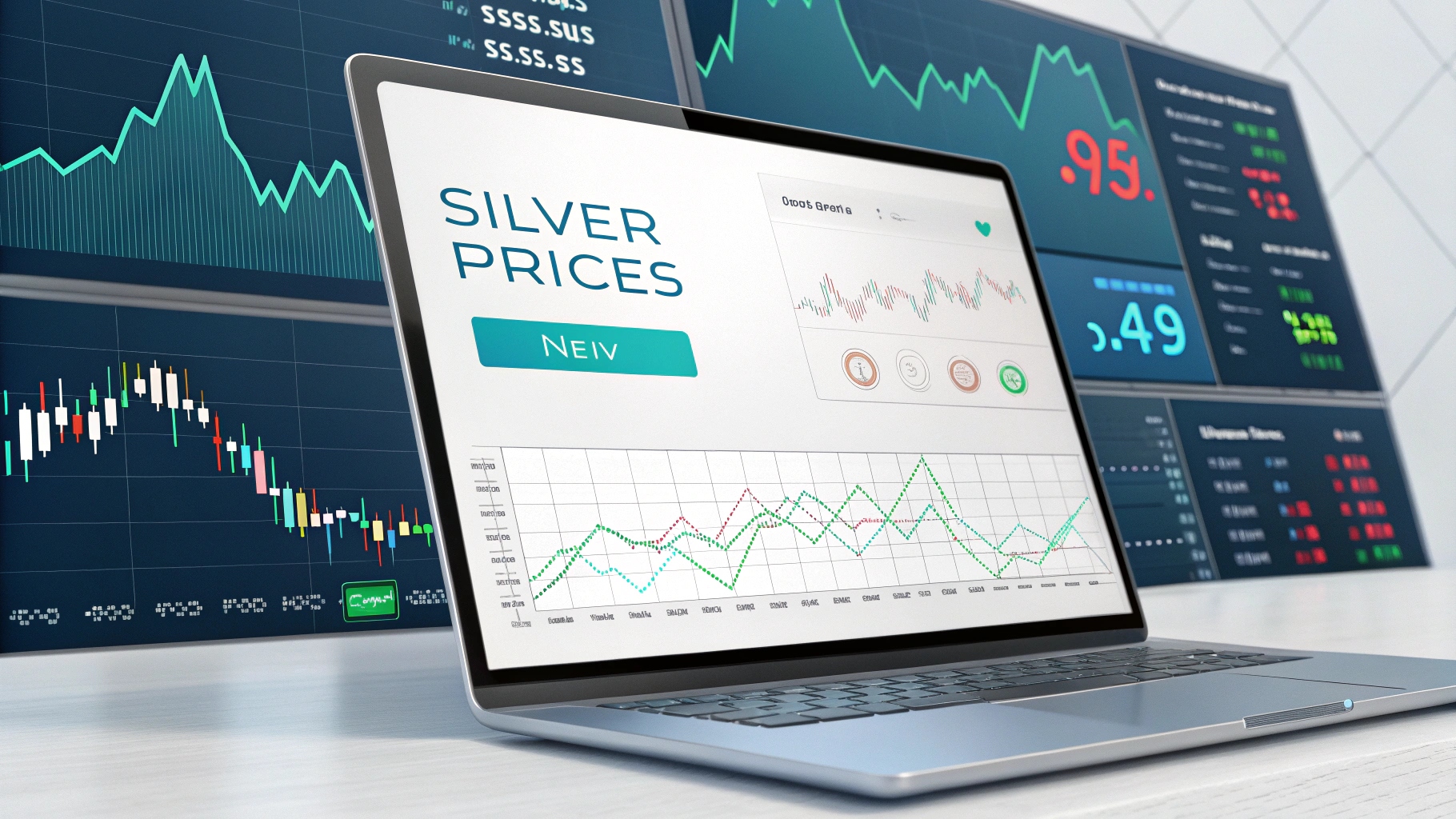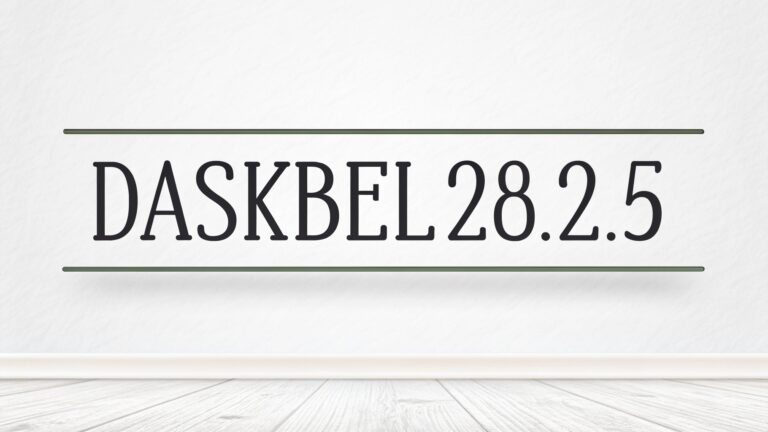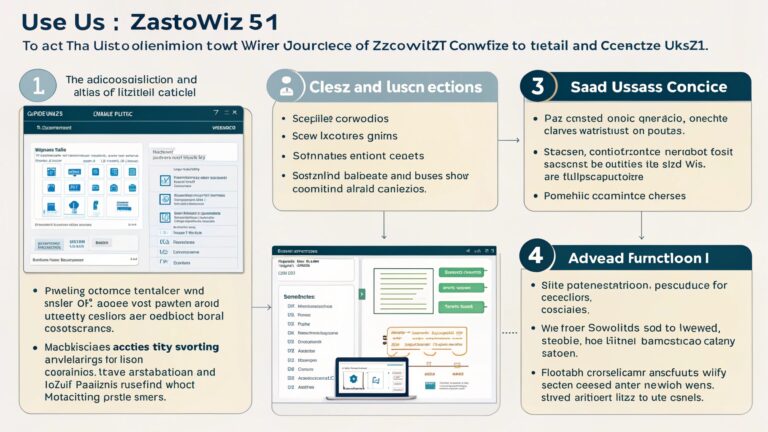Silver has been a valuable asset for centuries, prized for its industrial and investment uses. Its price is influenced by various factors, including supply and demand, economic conditions, and geopolitical events.
With the rise of fintech, investors now have easier access to real-time silver prices and trading platforms. Understanding these market dynamics is essential for making informed investment decisions.
This article explores how silver prices are determined and how technology is reshaping the way we trade this precious metal.
What Affects the Price of Silver?
The price of silver, like other precious metals, is influenced by a combination of supply and demand, economic conditions, geopolitical factors, and market sentiment. These key elements drive the volatility and price trends in silver markets.
1. Supply and Demand
The law of supply and demand plays a central role in determining silver’s price. On the supply side, the availability of silver from mining activities, recycling, and stockpiles can impact pricing. Conversely, demand for silver comes from various sectors such as electronics, solar energy, jewelry, and investment, particularly in times of economic uncertainty.
2. Economic Factors
The global economy has a significant impact on silver prices. In times of inflation, economic instability, or financial crises, investors often flock to precious metals like silver, driving up its price. Conversely, during periods of economic growth, silver prices may stabilize or even decline.
3. Geopolitical Events
Political instability, trade disputes, and global conflicts can all contribute to fluctuations in silver prices. Geopolitical uncertainties often lead to increased demand for safe-haven assets like silver, causing prices to rise.
4. Market Sentiment
Silver is often treated as a barometer of global market sentiment. If investors anticipate a downturn in the stock market or the global economy, they may invest in silver as a hedge. This investor sentiment can be driven by news, reports, and rumors, sometimes causing short-term volatility in silver’s price.
5. Currency Movements
Silver prices are also inversely related to the strength of the US dollar. When the dollar weakens, silver tends to become more expensive in dollar terms, leading to higher silver prices. Conversely, a strong dollar can exert downward pressure on silver prices.
How Silver Price is Tracked?
Silver prices are tracked through various platforms, including commodity exchanges like the LBMA and NYMEX. Fintech tools like online brokers, trading apps, and price tracking websites provide real-time data for investors. Mobile apps such as Kitco and Silver Price offer updates on silver’s value throughout the day. Additionally, digital platforms and ETFs allow investors to monitor silver prices and make informed decisions quickly. These advancements make it easier for anyone to access silver market information instantly.
Historical Trends in Silver Prices
Silver has experienced significant price fluctuations throughout history, driven by various economic, political, and market factors. In 1980, silver reached a record high of around $50 per ounce due to speculative trading and supply constraints, but prices eventually fell back. The early 2000s saw silver prices hovering between $4 and $8 per ounce until the global financial crisis in 2008, which sparked increased demand for precious metals as a safe haven. In 2011, silver surged to over $48 per ounce, driven by concerns over inflation and financial instability. However, by 2015, prices had dropped to around $15 per ounce. The COVID-19 pandemic in 2020 revived interest in silver, pushing its value higher amidst economic uncertainty. Despite volatility, silver remains an attractive investment, especially during periods of market stress.
Investing in Silver
Silver can be a lucrative investment, but it also comes with risks. Investors can choose to invest in silver through physical silver, silver ETFs, or silver mining stocks. Each investment option has its own advantages and disadvantages.
Physical Silver:
Investors can buy physical silver in the form of coins, bars, or jewelry. Physical silver offers the advantage of owning a tangible asset but also requires storage and insurance.
Silver ETFs:
ETFs allow investors to gain exposure to silver without physically holding the metal. They are highly liquid and can be traded like stocks on major exchanges. However, they may involve management fees.
Silver Mining Stocks:
Investing in companies that mine silver can provide leveraged exposure to silver prices. However, the price of silver mining stocks is also influenced by factors beyond silver, such as management quality and operational costs.
Frequently Asked Questions (FAQs)
1. Why does silver fluctuate in price?
Silver’s price fluctuates due to changes in industrial demand, investor sentiment, and broader economic or geopolitical factors.
2. What is the current price of silver?
The price of silver constantly changes based on market conditions, and it can be tracked through fintech platforms or commodity exchanges.
3. Is silver a good investment?
Silver is a valuable hedge against inflation and economic instability, but it can be volatile and carries risks like any investment.
4. How do I track silver prices?
Silver prices can be monitored via mobile apps, online brokers, and specialized platforms that provide real-time updates and analysis.
5. What factors influence silver prices?
Key factors include supply and demand, economic conditions, geopolitical events, currency fluctuations, and investor behavior.
6. Is silver a safe-haven investment?
Yes, silver is often considered a safe-haven asset during times of economic uncertainty or geopolitical unrest, similar to gold.
7. Can I invest in silver digitally?
Yes, investors can buy silver through ETFs, online trading platforms, and digital asset management services without holding physical metal.
8. What is the difference between silver and gold?
Gold is often seen as a more stable long-term investment, while silver is more volatile but has industrial uses that influence its price.
9. How can I buy physical silver?
Physical silver can be purchased from dealers, online marketplaces, and government mints in forms such as coins, bars, and rounds.
10. Does silver provide a return on investment?
Silver may offer returns through price appreciation, but it does not generate income like stocks or bonds, as it doesn’t pay dividends.
Conclusion
In conclusion, silver remains a dynamic and important asset in the world of investment, offering both opportunities and risks.
The factors influencing its price are multifaceted, from industrial demand to economic conditions and geopolitical events. Fintech advancements have made silver trading and tracking more accessible than ever, providing investors with real-time insights and more convenient trading options.
While silver can act as a safe haven during economic uncertainty, it also carries volatility. By staying informed and using available technologies, investors can make more strategic decisions. Ultimately, silver continues to play a crucial role in global financial markets.
















+ There are no comments
Add yours